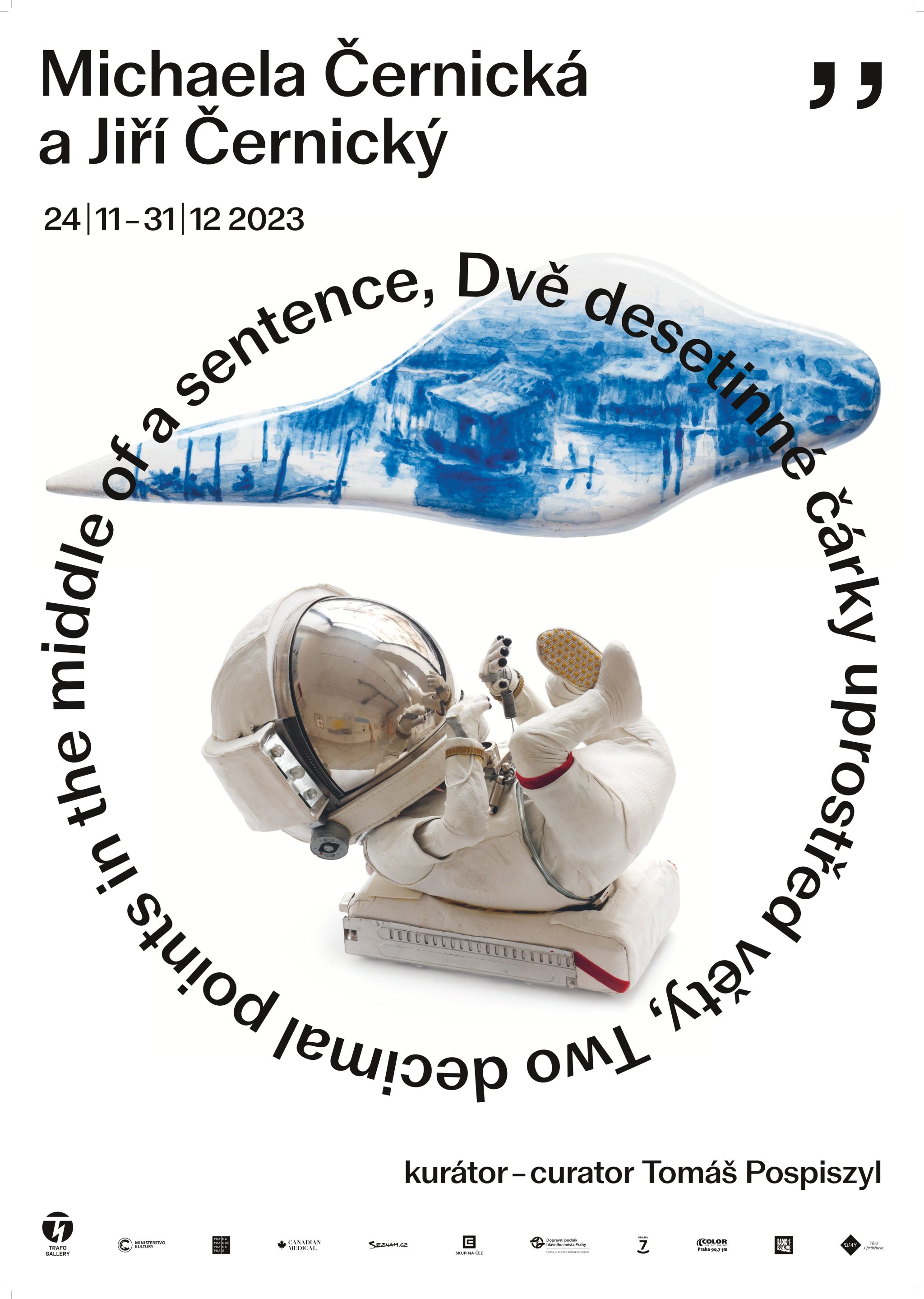Michaela Černická
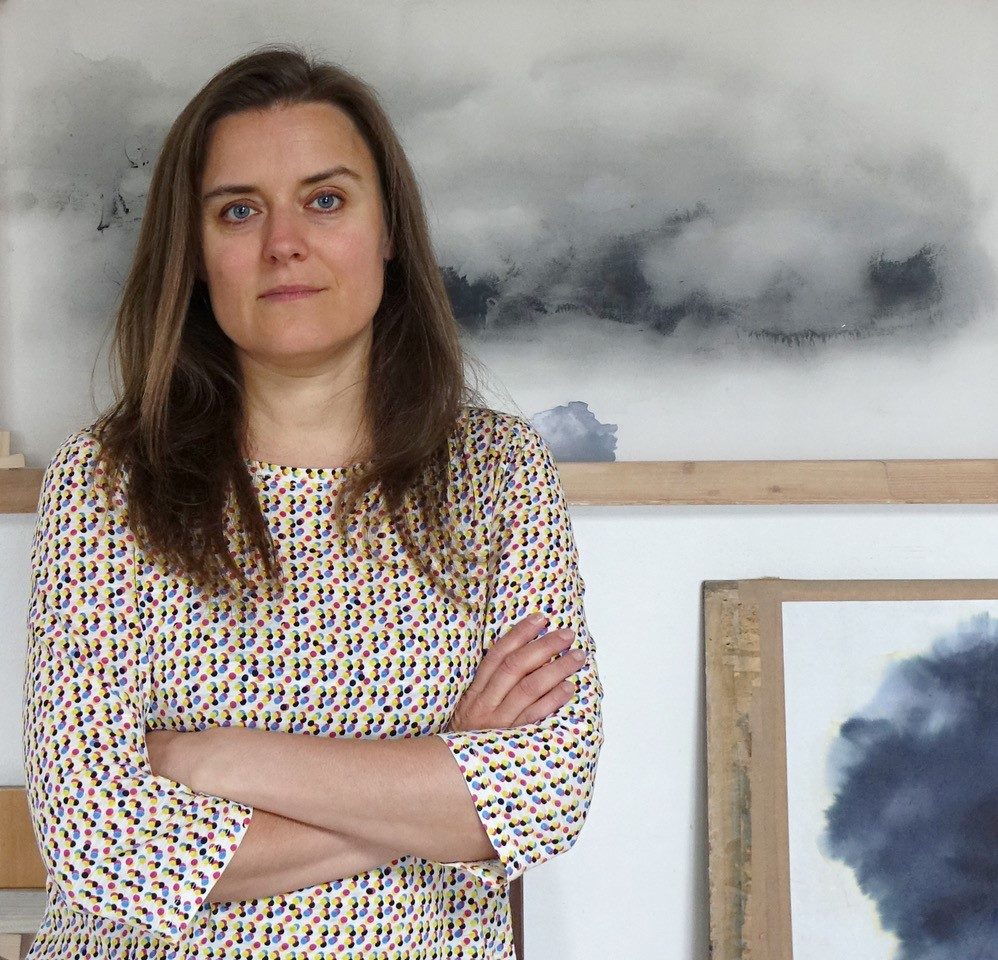
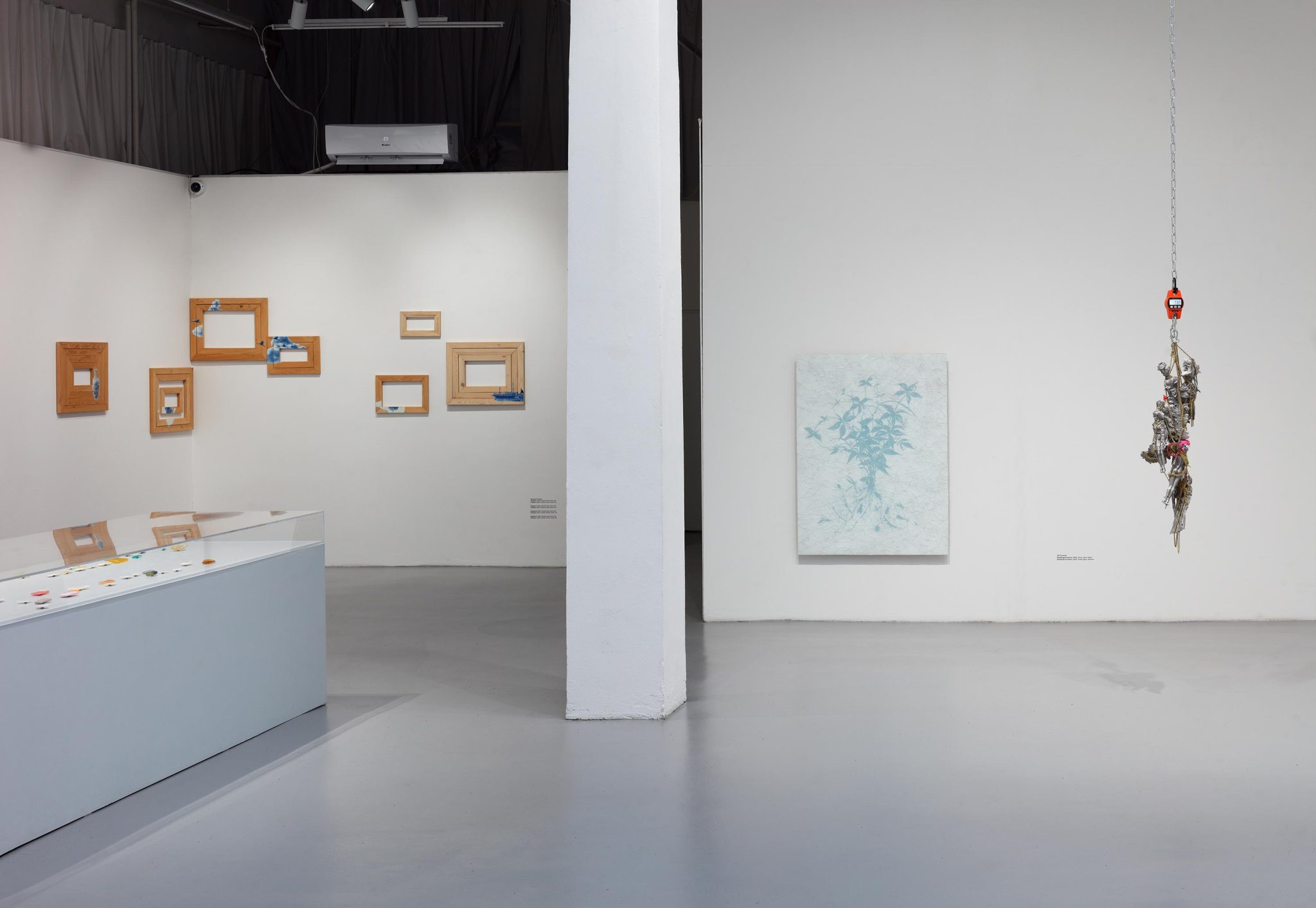
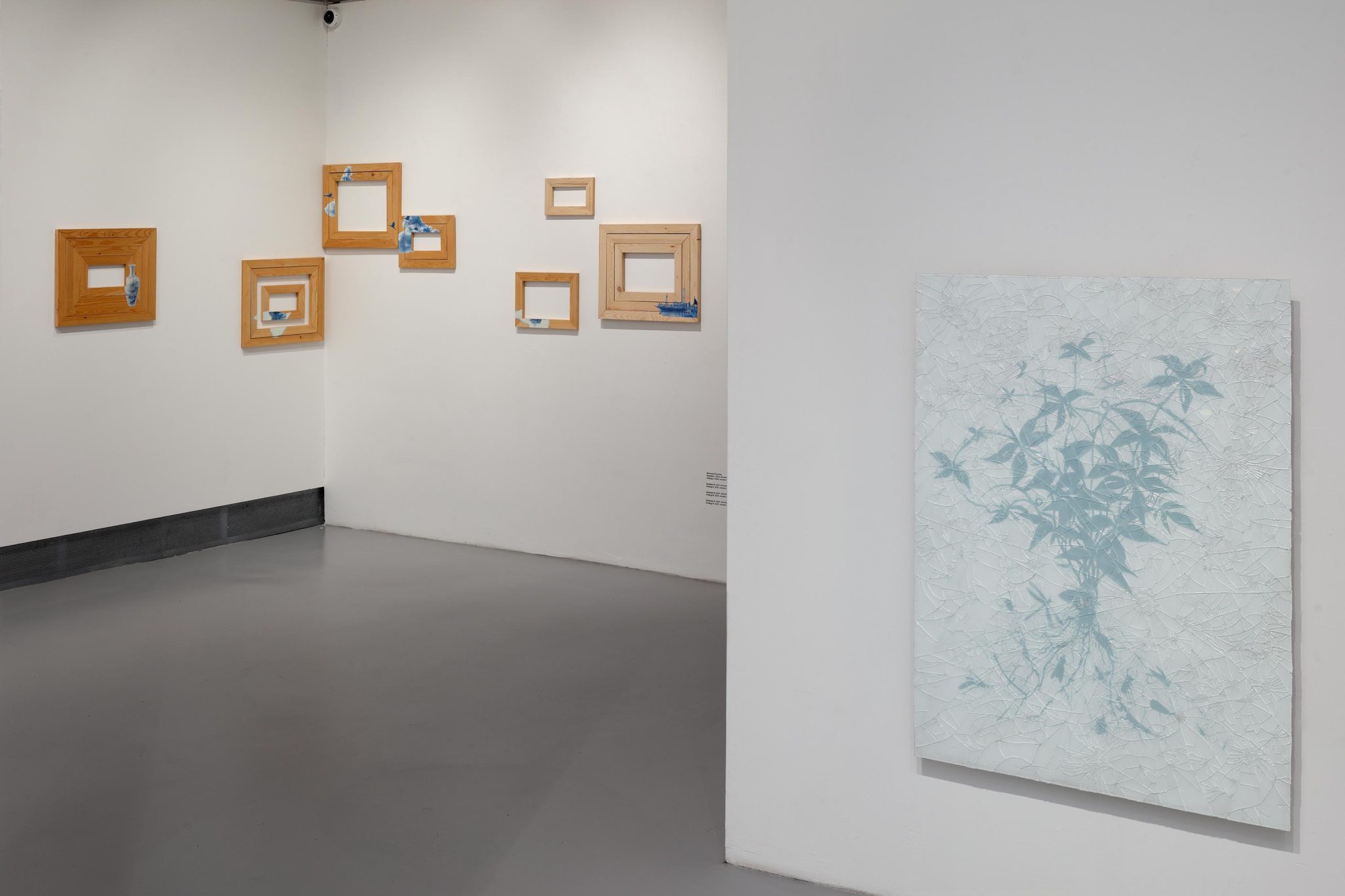
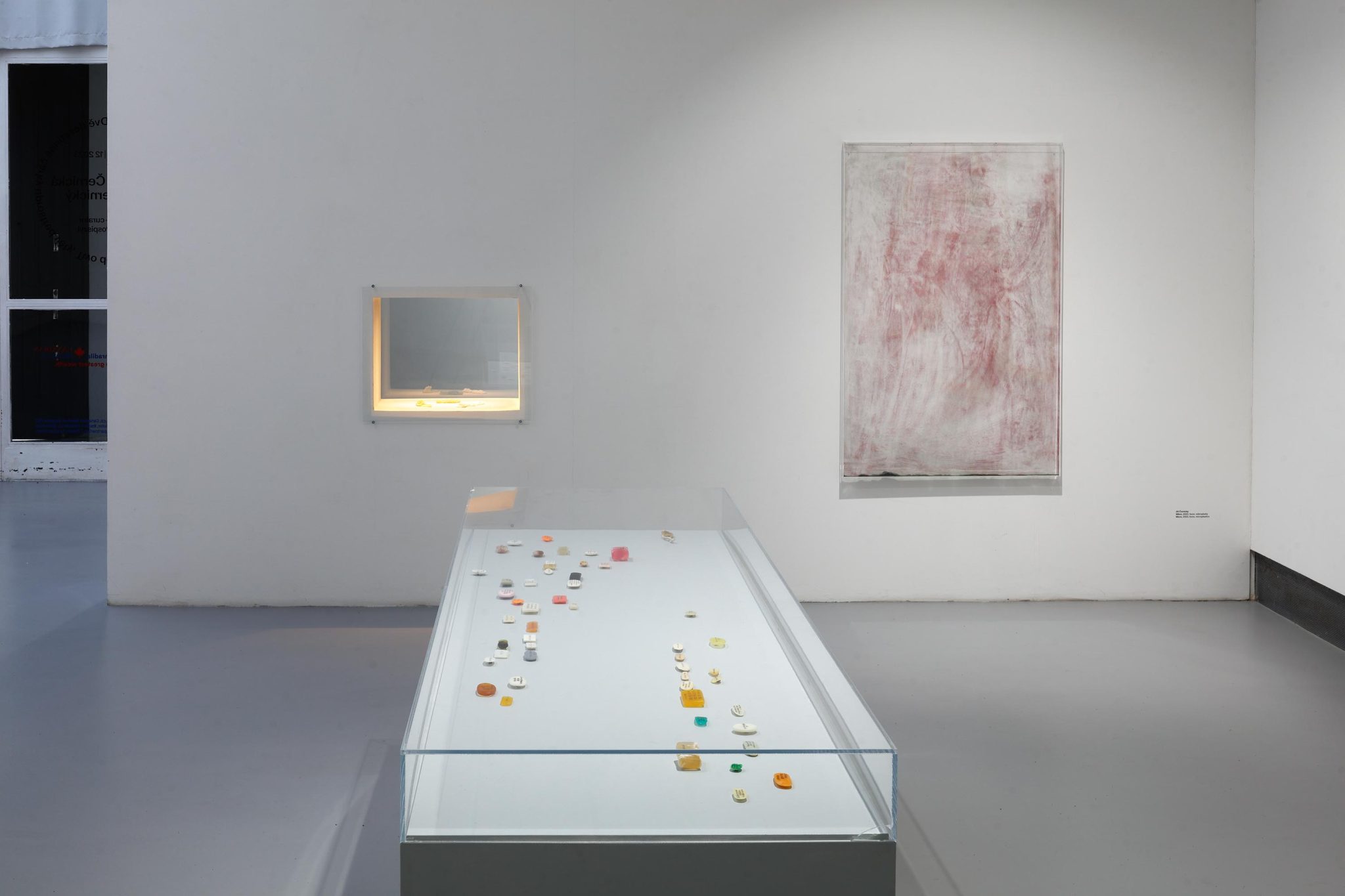
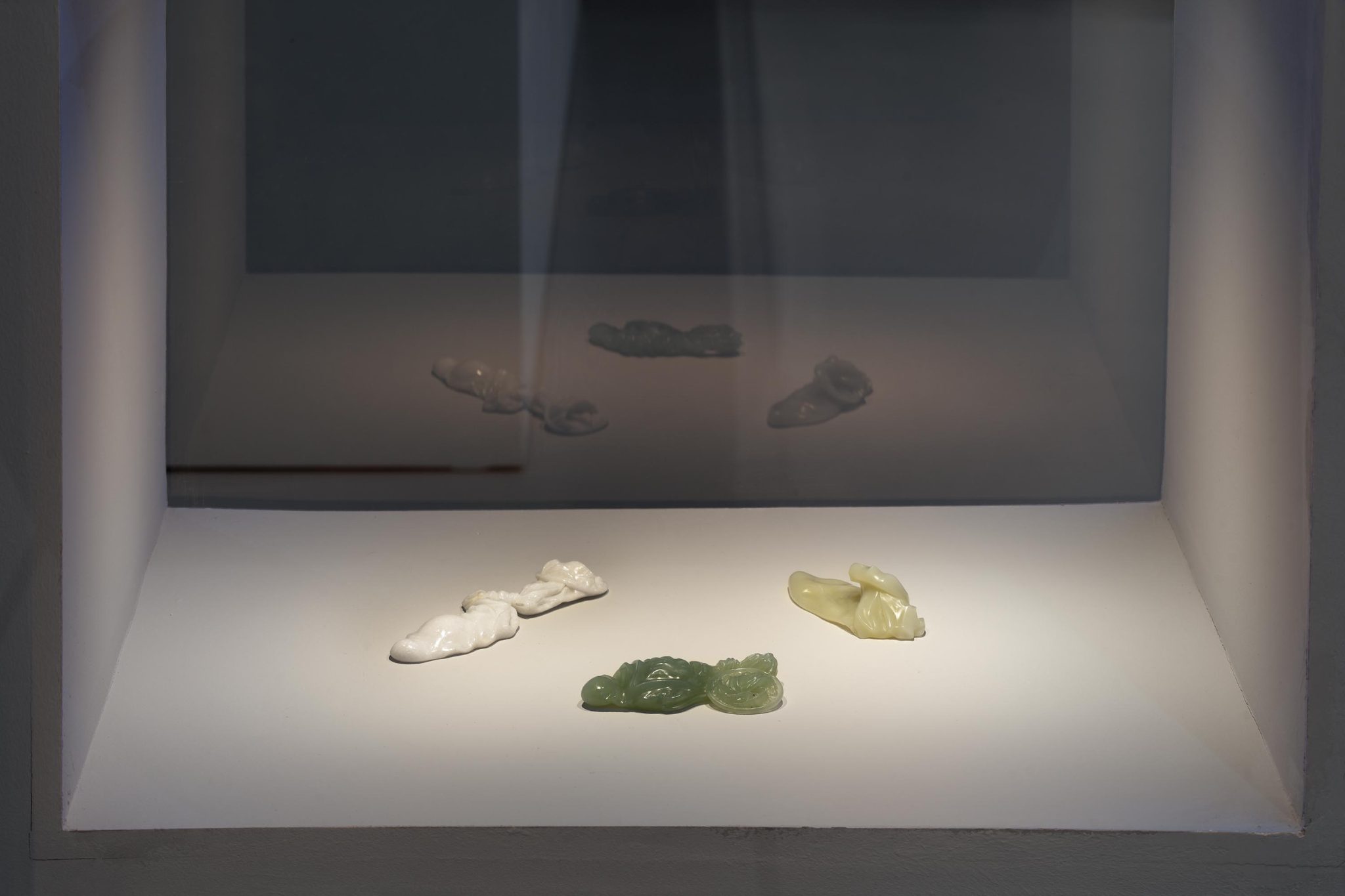
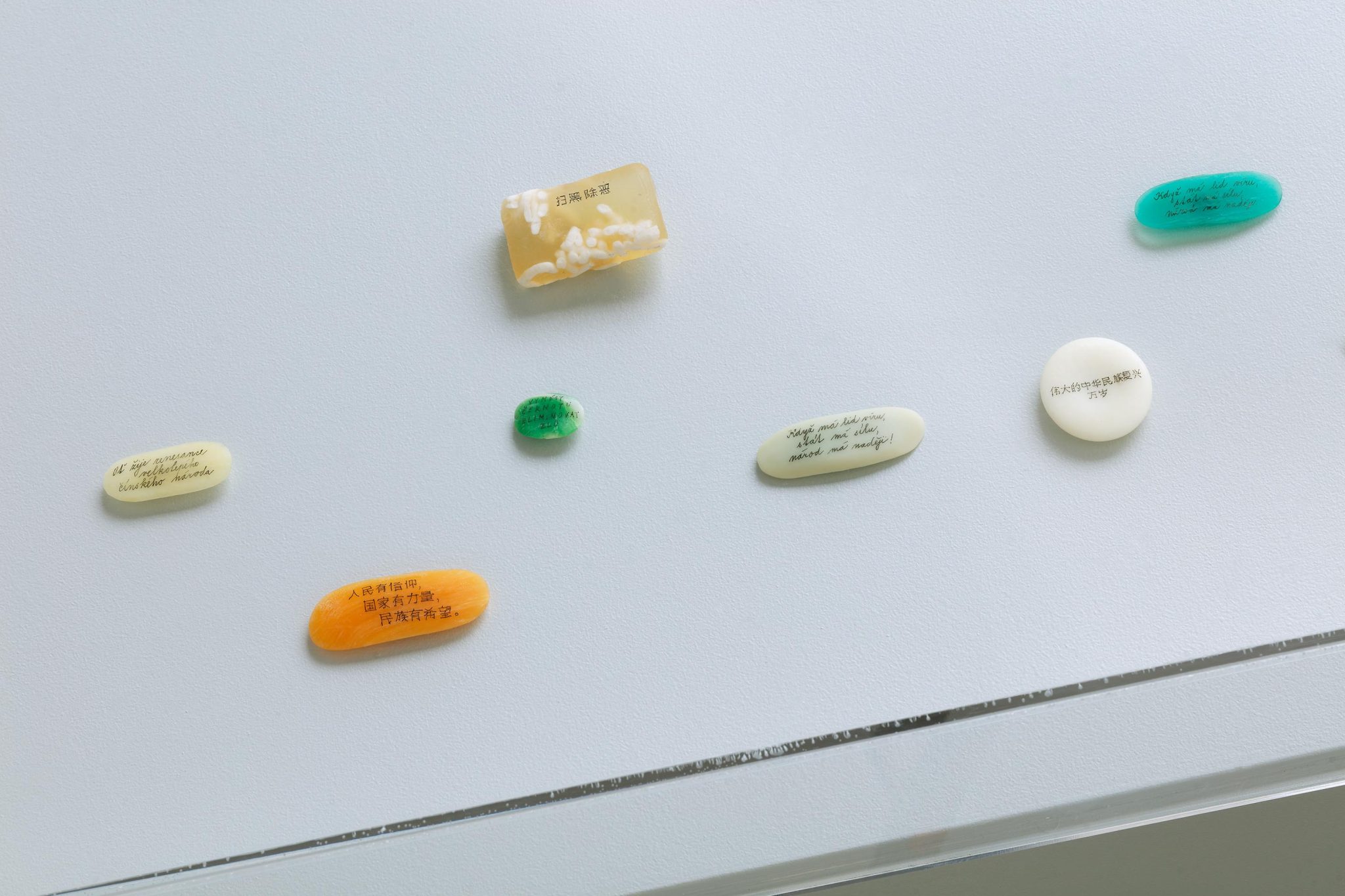
Michaela and Jiří Černický are a couple who have two children together. Jiří is a multimedia artist, writer and, until recently, active in education. Michaela restores artworks, illustrates books and paints. Their creative careers are separate yet intertwined. Although their work differs in many ways, they have exhibited together several times in recent years. Despite their differences, their long-standing coexistence creates an artistic harmony that similar exhibitions render audible. Jiří is able to create highly expressive, manifesto-like work that is offset by a level of quiet introspection and meditative listening. Especially when confronted with his partner’s oeuvre, we realise how he manages to speak through the gaps between words. Michaela rarely steps out of the medium of painting and drawing and her work has a more personal character than Jiří’s. However, it transcends the details of her life story and surprises us with the universality of her experience. Her subtle interventions take place within a global semantic field and, despite their modest scale, can deafen us with the power of their message.
The exhibition at Trafo Gallery thus presents two seemingly unrelated bodies of work, which nevertheless share common elements: forms that do not overwhelm us with garishness but with hidden depth; ambiguous themes that are sometimes only appreciated from a distance; and a shared ability to transform everyday reality into scenes of extraordinary impact. The unifying element of the works on show is provided by inconspicuous qualities, marginal phenomena, details. The colour white predominates. The perception of individual works often requires that the viewer zoom in and examine them closely. This might involve tiny objects with even tinier interventions, images that are only visible from a certain angle, or, for example, a video based on a moment as fleeting and difficult to convey as the rapidly melting snow on a car window. The dominant element of Michaela Černická’s series Klínování / Wedging is the supporting structures of the paintings, on which the painted gussets of the stretched frame seem to parasitise. Jiří Černický’s dangerous Ostré vločky / Sharp Snowflakes disappear on the wall and a jewellery-like display cabinet hides used condoms made of glowing semi-precious stones. Michaela Černická’s Smývání / Washing levitate in a display case, washed through use into delicate semi-transparent ovals.
What do such delicate works actually refer to and what are they able to convey to us? The effect of visual muting is, paradoxically, to amplify the content. Sometimes barely visible works or interventions in the gallery space help viewers to concentrate, making it easier for them to absorb messages that are by means marginal or unimportant. Tiny painted wedges depict third-world slums and global pollution, perhaps the greatest dramas of contemporary life. A small astronaut in space makes us feel the size of the universe that surrounds him. I believe the experience of such art is contagious. It helps us to infer the needs of the whole from small parts, to understand unexpected coincidences as the most important messages that reach us through the hullabaloo of civilisation. Works of art as moments of suspension, signs structuring our consciousness.
